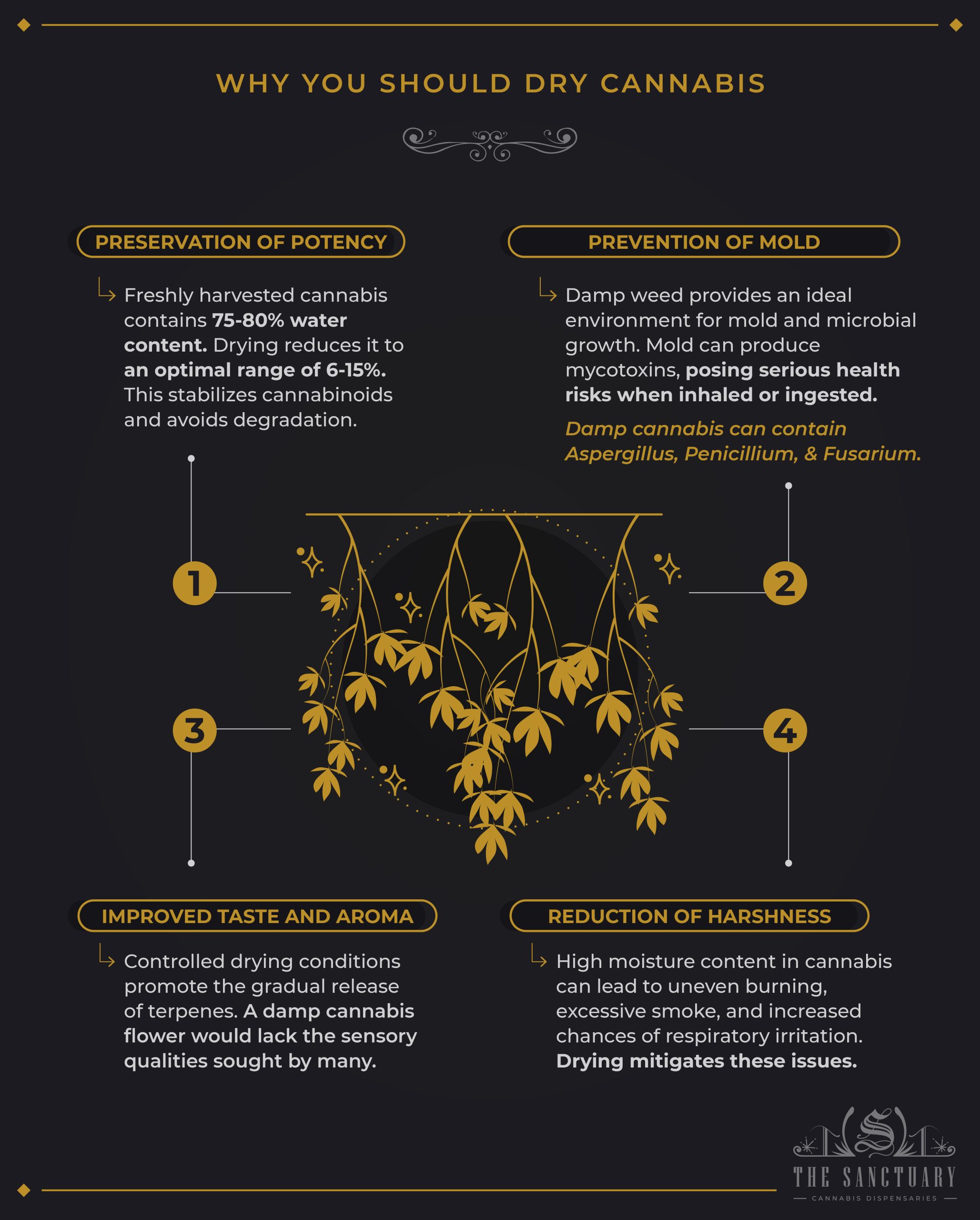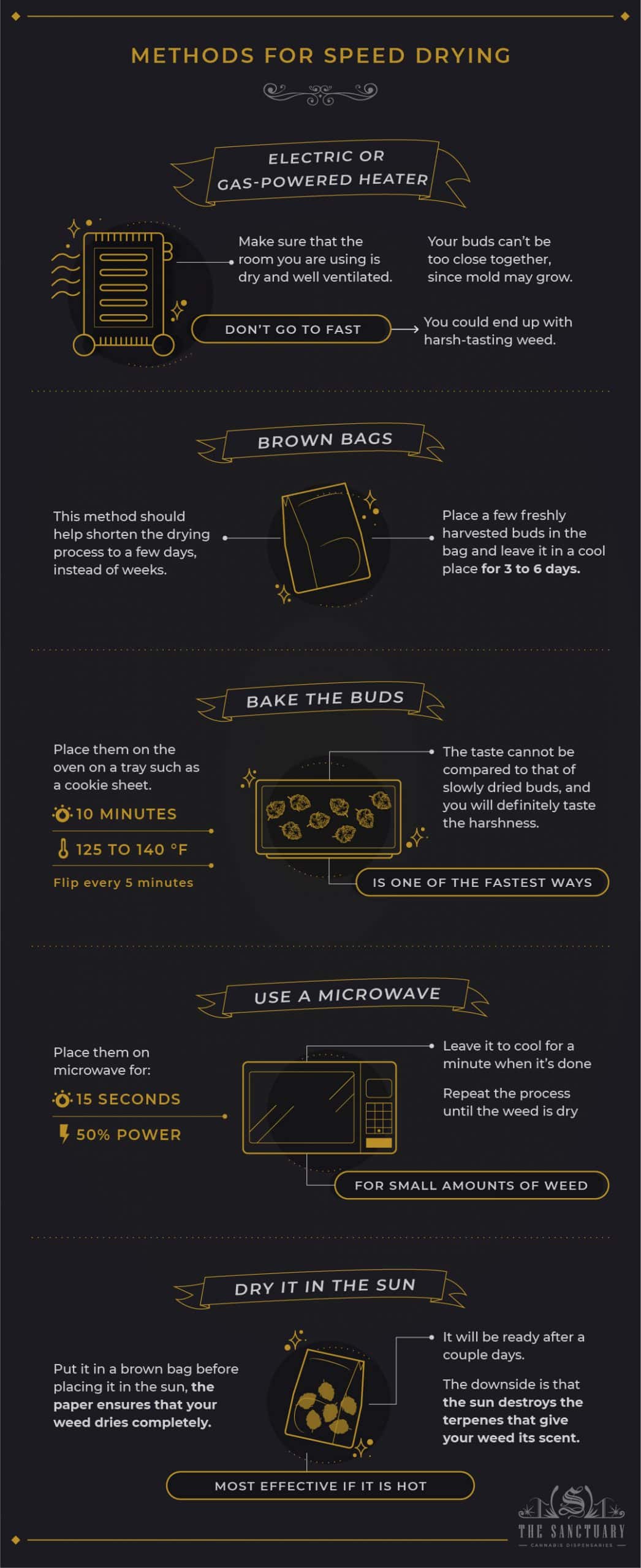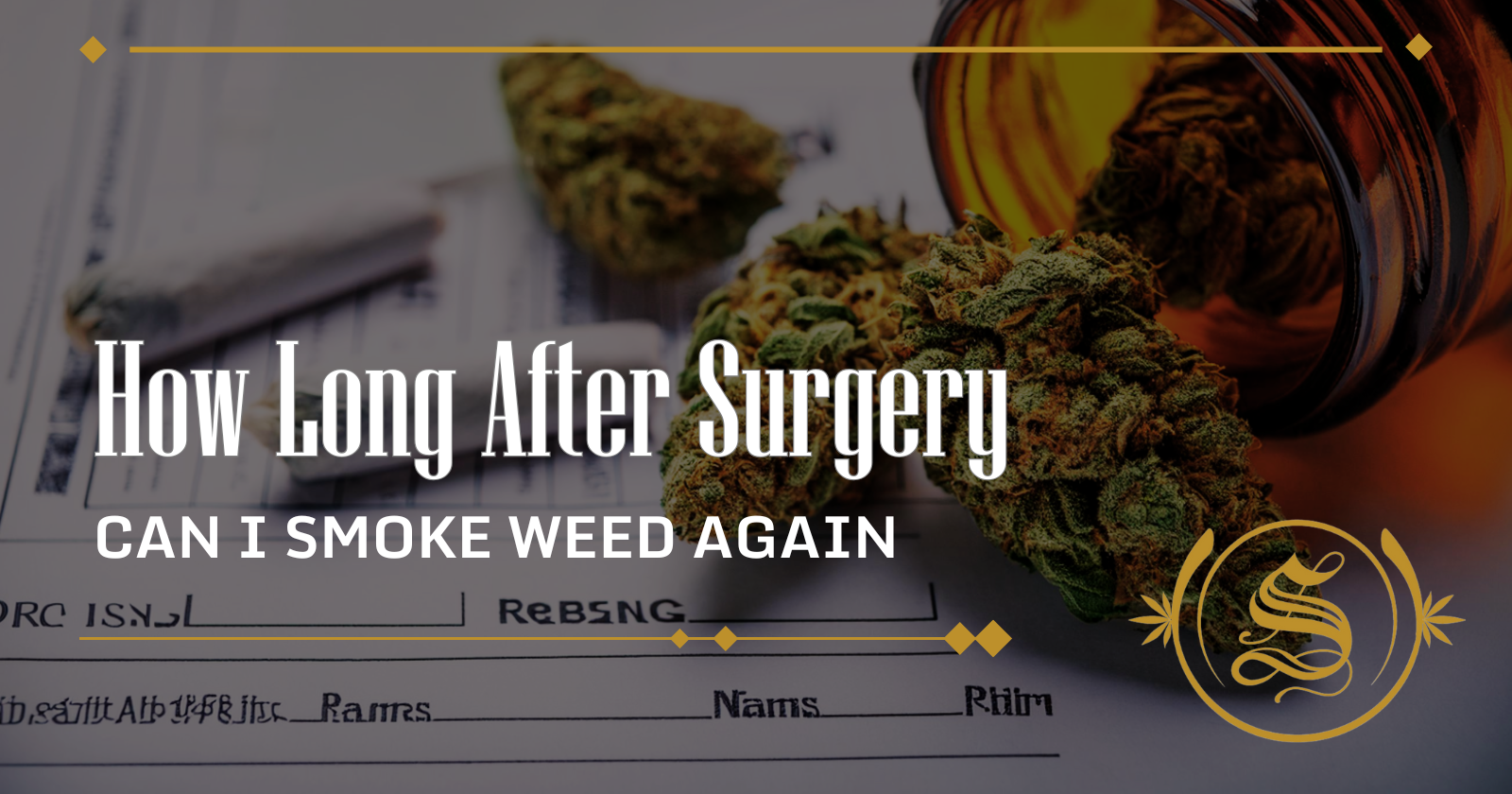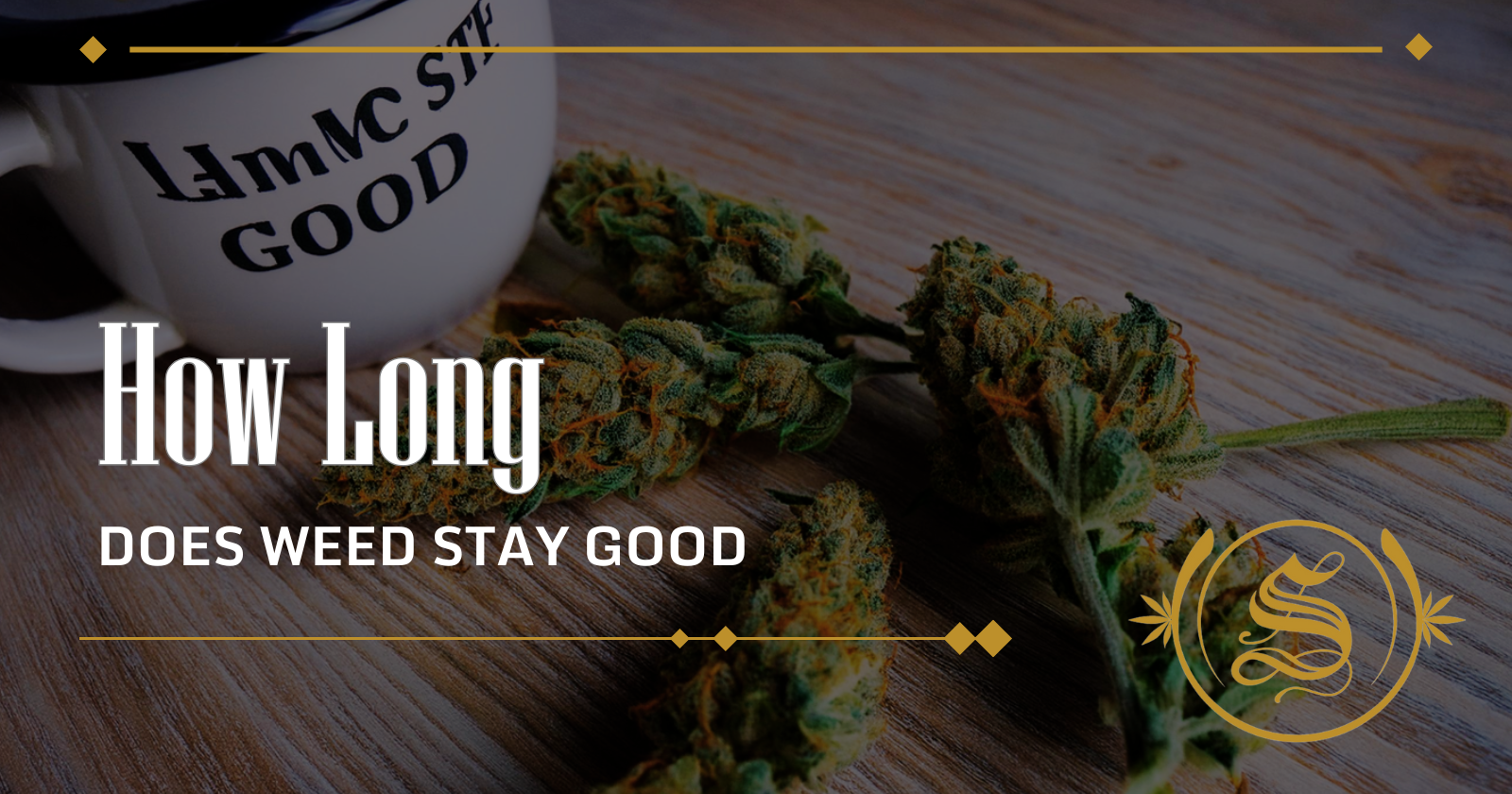Iftikhar Alam
Author
Reviewed by Cannabis Experts
Published on: March 17, 2021 | Updated on: July 27, 2024
Table of contents
- Why You Should Dry Cannabis
- What is the best way to trim my weed?
- The difference between drying and curing
- Best setup for drying
- How to Dry Cannabis
- How long does it take to dry cannabis?
- How to dry buds without hanging
- Methods for speed drying
- Can You Excessively Dry Cannabis?
- Is Drying Cannabis the Same as Curing?
- Conclusion
The process of growing cannabis does not stop at harvest time. Properly drying and curing your fresh cannabis stash is paramount to prevent mold contamination from taking place.
These procedures will also increase the quality and shelf-life of the end product. Removing moisture helps to tone down the harshness and let the terpene profile shine. After all of the hard work and energy growing your plant, now is not the time to get lazy.
If the weed is too damp, it may develop bud rot and mildew. On the other hand, overly dry weed will lose its potency, flavor, and aroma. The question is: how can you maintain the perfect balance?
We’ve got the answers. Keep reading for a comprehensive step-by-step guide on how to correctly dry cannabis.
Why You Should Dry Cannabis

Drying cannabis is crucial in its cultivation. It offers several benefits and mitigates potential dangers associated with using damp weed.
Preservation of Potency
Drying cannabis helps preserve its potency by reducing moisture content. Freshly harvested cannabis contains 75-80% water content. Drying reduces it to an optimal range of 6-15%. This stabilizes cannabinoids and avoids degradation.
Prevention of Mold
Damp weed provides an ideal environment for mold and microbial growth. Mold can produce mycotoxins, posing serious health risks when inhaled or ingested. Damp cannabis can contain Aspergillus, Penicillium, and Fusarium.
Improved Taste and Aroma
Controlled drying conditions promote the gradual release of terpenes. These aromatic compounds produce the scents and tastes of various cannabis strains. A damp cannabis flower would lack the sensory qualities sought by many.
Reduction of Harshness
High moisture content in cannabis can lead to uneven burning, excessive smoke, and increased chances of respiratory irritation. Drying mitigates these issues, allowing for a smoother smoking experience.
What is the best way to trim my weed?
There are two common methods for trimming your flower at harvest time:
- Wet trimming involves trimming your buds straight after harvest.
- Dry trimming involves trimming your buds after drying and before curing.
Dry trimming is much easier to accomplish because wet nugs are just so sticky and unforgiving. After drying buds, they lose water which means they also lose density. This makes the process easier because the sugar leaves that you want to trim will start to curl up making it easier to identify the material that should be discarded.
Good luck wet trimming and not getting resin all over your hands! This is a problem because the resin is potent stuff and you do not want to lose it. When the buds dry, the resin is less sticky so your hands will pick up less of it.
On the note of appearances, dry trimming is the way to go for an exceptionally manicured product that is certainly picture-worthy.
If you are in a time crunch and need to trim your wet buds, then it is certainly possible. Just make sure to wear gloves and to have isopropyl alcohol around and some extra scissors because they will get gunked up to an unusable state.
The difference between drying and curing
A proper dry and cure are imperative after you harvest your plant. This technique allows for the retention of cannabinoids and terpenes, highlighting and preserving the flavors of your cannabis while degrading the vegetal taste of the plant via chlorophyll.
Drying weed is a precise practice and needs to be given proper time. If done too quickly, the insides stay wet while the outsides of the nugs will become dry. Too much time will result in dried-out buds that are going to be harsh to smoke and with grassy, stale flavors.
The curing process is similar to drying but with certain differences. The drying process occurs before or after trimming and happens while the initial moisture amount leaves the buds.
You will reduce the water content of your buds by 10-15 percent if you appropriately dry your buds. Water is removed from the outside layers of the buds, curing your buds will further remove any excess moisture from within the nugs.
Curing begins after the buds have been dried and trimmed. To successfully cure buds, you need to store them in containers to preserve the ideal moisture level of around 62 percent. This also helps to preserve aromas and flavors.
Curing your buds can take anywhere from 2 weeks to 2 months, depending on the conditions of your storage.
Best setup for drying
When you cut down your plant, you want to leave the buds attached to the branches because it makes the drying process so much easier. You can either hang them from string/wire or rest them on a drying rack. Moving several branches is easier than transporting hundreds of flower buds.
Store your weed in a dark room with humidity levels between 55-65 percent and temperatures of around 60-70 degrees Fahrenheit. Purchasing a hygrometer is helpful and will monitor your climate.
To design a legitimate drying setup you will need the following equipment:
- Line to hang-dry buds or drying rack
- Fan
- Hygrometer
- Dehumidifier (optional)
- AC unit (optional)
You will want to circulate the air in the room with a fan to make sure each bud dries consistently. Depending on the climate of your drying room, you might need to put an air-conditioner or dehumidifier in there. An adjustment might be needed to the humidity or temperature if the process of drying is taking longer than normal.
How to Dry Cannabis
There are many different ways to dry cannabis. Each method has pros and cons, as one may work better than the other for a specific strain or desired result. Hanging and drying racks are the two most common ways to dry cannabis buds.
Step 1: Create a Drying Area
Cannabis requires optimal drying conditions. The first and foremost step is to create a well-ventilated drying area. This area must maintain the specific temperature and humidity ranges required.
Ideally, the drying area should be kept between 60℉ to 70℉. Some recommendations suggest between 60℉ to 65℉. Meanwhile, the ideal humidity range is 45% to 55%.
Disinfect the drying area if it was previously used for harvests or cultivation. This helps prevent the growth of pathogens and ensures a safe environment. It also reduces the risk of weed contamination and potential crop damage.
Drying outdoors might seem convenient, but it reduces control over temperature and humidity. Excessive heat, humidity, or rain can impact the quality of the dried cannabis. An enclosed and controlled drying area is always preferred to maintain optimal conditions.
Step 2: Prepare Your Space
Stagnant air poses a risk of mold and pathogen growth, so set up a fan in the drying area. The fan will prevent pockets of stale air and promote proper airflow.
Monitoring the temperature and humidity levels is also vital. Invest in a thermometer and hydrometer to measure these parameters. Then, adjust the conditions to maintain the desired range.
If necessary, invest in an air conditioning unit. This will allow you to keep the temperature between 60℉ to 70℉. On the other hand, a dehumidifier will help keep the humidity within the required range.
Last, set up a sturdy hanging line using heavy-duty rope, a metal hanger, or a wooden pole. You can also use a wire or mesh drying rack. It should have enough space for the cannabis to hang freely and allow for proper air circulation.
Step 3: Hang the Cannabis Buds
Before hanging the cannabis, remove large sugar and fan leaves from the buds. This allows for improved air circulation and faster drying times. The leaves may block airflow and hinder the drying process.
You may hang the buds as a whole plant or separate them by branches. Either way, ensure that each bud has exposure to air from all sides. This will allow for more efficient drying and minimize the risk of mold or mildew.
You can also use drying racks instead of hanging the buds. These racks provide a flat surface to lay the buds out in a single layer. Remember periodically rotate the buds to ensure even drying and prevent shape loss.
Drying racks may be more useful for delicate or larger buds prone to deformation or flattening. Still, both methods are equally efficient. The choice ultimately depends on the grower’s personal preference and available space.
How long does it take to dry cannabis?
The best way to dry weed is by hanging the branches on a line of sorts. This helps for an even dry and it prevents buds from getting flattened or misshapen as they dry. If dry trimming, check your branches after they have been hanging for 3 days. A good test is to bend a branch with buds—if the stem snaps, that means buds are dry and ready for trimming.
If they do not snap, leave them and check the next day. Drying usually takes 3-7 days but could take longer.
How to dry buds without hanging
If for some reason you are not able to hang your weed branches to dry, then you could consider getting a drying rack. These are simply circular, flat racks made of mesh, and are great for airflow. Usually, they come with multiple layers so you can dry plenty of weed at a time. Be sure to leave the buds on the branches even for rack drying as it is still crucial for even drying.
Weed on a drying rack takes the same amount of time to dry as it does hanging on a line.
Methods for speed drying
When you are drying and curing your weed you must apply patience. It is important to achieve ideal moisture distribution for your buds because it allows them to reach their full potential. Of course, in some instances, growers simply do not have the time to wait for this process to come to fruition. Luckily there are ways for you to speed up the drying process, but keep in mind that this may diminish the quality of your final product.
Gas-powered or electric heater
First, you will need either a gas or electric heater. You can potentially dry large amounts of bud with this method. The room you plan to use should be dry and well ventilated to avoid any potential hazards with the heater. Make sure your buds are not placed too close to each other so that they get consistently dried.
A heater is effective at speed drying your weed but make sure you do not overdo it or else you could ruin your beautiful buds.
Brown bags
This method can help speed up the drying phase to just a handful of days, rather than weeks. If you have small, popcorn buds, you can dry them using a brown paper bag. Throw a handful of nugs into the bag and set it in a cool place for 3-6 days. Throwing too much weed into a bag will hamper this method so either use multiple bags or only expect to dry enough to get you by for the week.
Bake the buds
The fastest way to dry weed; baking bud is more commonly done to decarboxylate weed for edibles. It can also be done to quickly dry weed. Get out a cookie sheet and spread out a layer of weed onto the tray. Set your oven to around 125 degrees and 140 degrees Fahrenheit and put the tray in the oven to bake for 10 minutes. Flip them halfway so that they dry as evenly as possible.
Baking your buds will result in a poor flavor and harsh smoke, so be warned. This is the fastest method on the list but also the most volatile. It would be so easy to ruin the potency of your weed by baking them for even a minute too long so only use this method if you absolutely need weed immediately.
Use a microwave
The same warning for oven baking your weed applies here. Microwaves get hot so in order to properly dry weed in them you must set your microwave at 50 percent power. Microwave your buds for 15 seconds at a time. Allow them to cool down before inspecting them to see if they need more time.
Dry your weed in the sun
A more forgiving and natural way to speed dry weed, though it definitely is not the quickest. Put your buds in a brown bag and place them in a sunny spot outside. The paper bag helps to absorb the moisture while the sun slightly bakes them.
Obviously, this method is predicated on it being hot or at least warm outside. After a few days, the buds should be sufficiently dry unless humidity levels in your area were particularly high.
Can You Excessively Dry Cannabis?
Yes, it’s possible to dry cannabis excessively. It can have adverse effects on the quality and experience of the weed. In most cases, it becomes brittle and has several undesirable outcomes.
Excessive drying can result in harsh smoke or vapor. This can cause throat irritation and a less enjoyable experience. The loss of moisture can also affect the flavor profile of the cannabis, resulting in a harsh or stale taste.
Excessively dried cannabis may crumble easily, making it difficult to handle or roll. It can also lead to a significant loss of cannabinoids and terpenes. These are responsible for the therapeutic and aromatic properties of cannabis.
Overall, excessive drying can result in a potency reduction and a less desirable effect when consumed.
Is Drying Cannabis the Same as Curing?
Drying cannabis and curing are interconnected processes in the post-harvest phase of cannabis cultivation. Both involve the removal of moisture from the plant material. But they serve different purposes and occur at different stages.
Drying is the initial step after harvesting, reducing the bud’s moisture content. Its primary goal is to remove excess water to prevent mold and mildew growth.
It involves hanging the harvested buds in an enclosed area with controlled temperature ranges. Drying takes around 7-14 days. However, this period may vary based on environmental conditions and desired moisture levels.
Curing occurs after drying and involves a longer process of controlled storage. It gradually redistributes the remaining moisture in the buds to the plant material. This process enhances the development of flavors, aromas, and smoothness.
It also allows for the further breakdown of chlorophyll and other undesired compounds. Curing takes several weeks to several months. During this time, the buds are stored in airtight containers and periodically opened to release excess humidity.
Conclusion
Drying is a crucial step in turning your healthy cannabis plants into usable marijuana. The process can be delicate, so finding the perfect balance between damp and brittle is vital. Following our step-by-step guide, you can correctly dry your freshly harvested weed.
Sources
Footnotes
- Challa SK, Misra NN, Martynenko A. Drying of cannabis—state of the practices and future needs. Drying Technology. 2021;39(14):2055-64.
- Das PC, Vista AR, Tabil LG, Baik OD. Postharvest operations of cannabis and their effect on cannabinoid content: A review. Bioengineering. 2022;9(8):364.
- Punja ZK, Collyer D, Scott C, Lung S, Holmes J, Sutton D. Pathogens and molds affecting production and quality of Cannabis sativa L. Frontiers in plant science. 2019;10:439316.
- Addo PW, Taylor N, MacPherson S, Raghavan V, Orsat V, Lefsrud M. Impact of pre-freezing and microwaves on drying behavior and terpenes in hops (Humulus lupulus). Journal of Applied Research on Medicinal and Aromatic Plants. 2022;31:100436.
- Lazarjani MP, Young O, Kebede L, Seyfoddin A. Processing and extraction methods of medicinal cannabis: A narrative review. Journal of cannabis research. 2021;3:1-5.
References
- How to Dry and Cure Cannabis. wikiHow. Accessed 4/9/2024.
- The impact of uncontrolled humidity on cannabis growing. Dantherm Group. Accessed 4/9/2024.
- How Does Humidity Affect Your Cannabis?. Boveda. Accessed 4/9/2024.
- Best Hygrometer Reviews & Guide [2024]. Hygrometer. Accessed 4/9/2024.
The content provided on this blog is for informational purposes only and does not constitute medical, legal, or professional advice. Cannabis use is subject to local laws and regulations, which vary widely by jurisdiction. Always consult with a healthcare professional before starting any new treatment or altering an existing treatment regimen. The authors and publishers of this blog are not responsible for any actions taken based on the information provided herein. Use cannabis responsibly and in accordance with applicable laws. This blog is intended for adults aged 21 and over. The Sanctuary Dispensaries D186, D187.









